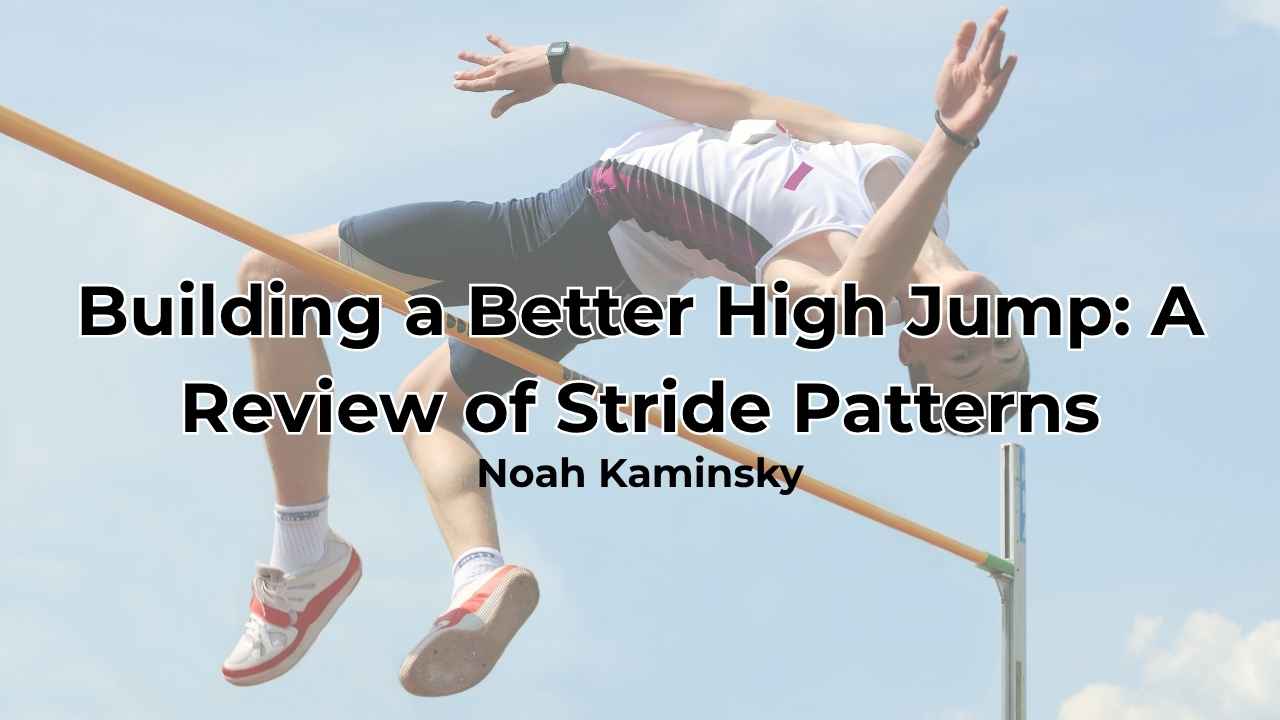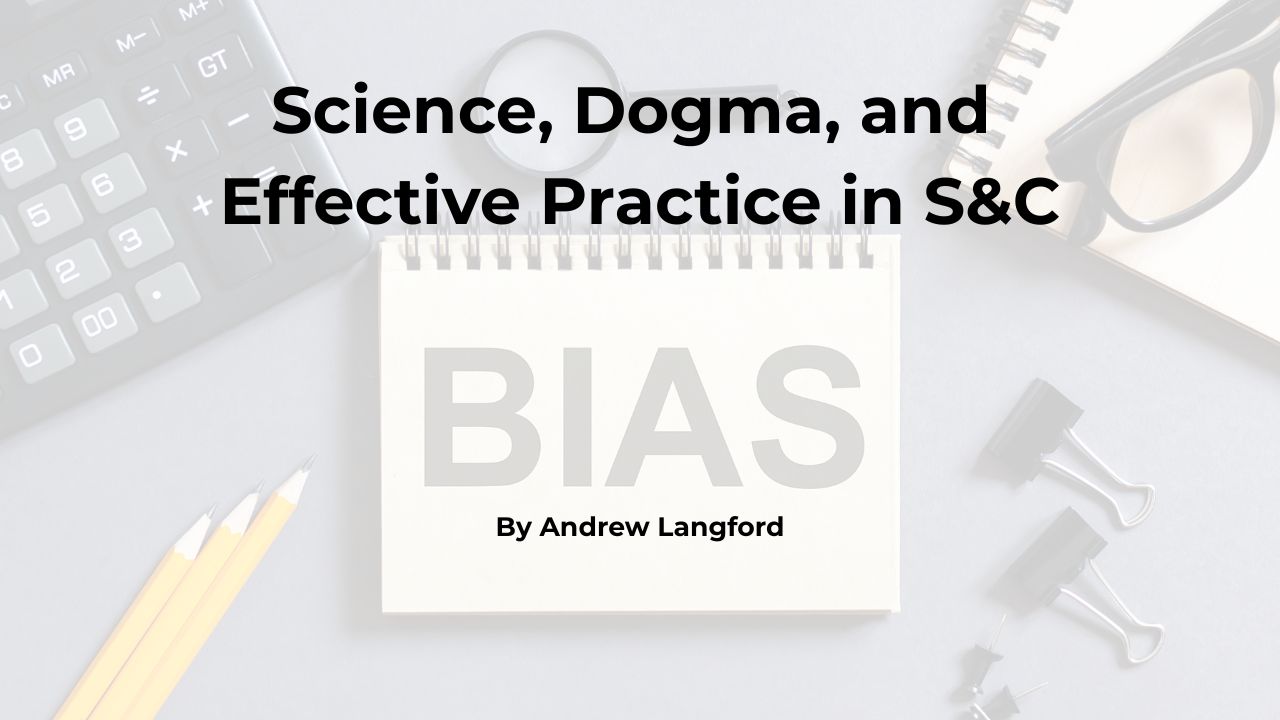[mashshare]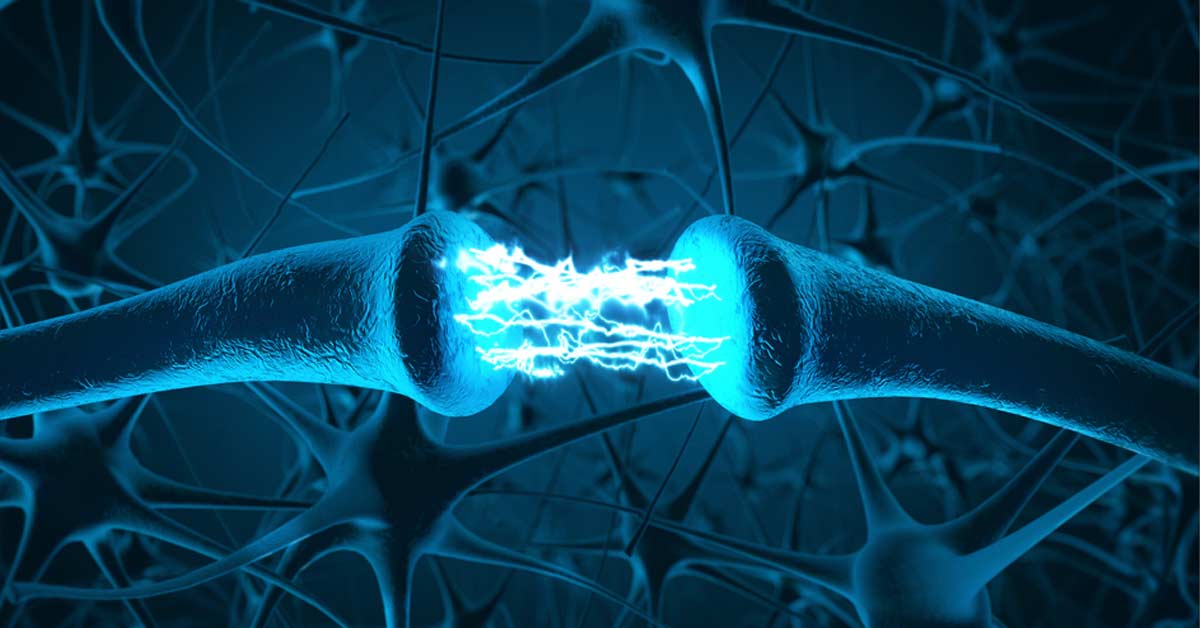
Training the neuromuscular system is a major responsibility for coaches. It’s complex, difficult to manage, and the adaptations are sometimes slow to improve. Also, coaches need to constantly review and study to progress their athletes as well as the field of coaching. Relying on soft theories and esoteric ideas is a growing problem within the profession. The information looks like science, or at least science-y, but it’s really slick marketing of old ideas that were bad when they came out.
The adaptations discussed in this article are concrete and provide a cornerstone to good sport science, and studying them will empower you when you read research or try to push the envelope. All of these adaptations are important, and don’t worry if they’re not directly connected to your training now. Much of the science points out that good training causes favorable future changes to the neuromuscular system.
Some of these adaptations may not seem practical, meaning they’re interesting to read about but may not provide a clear path to training decisions. Many of these adaptations are difficult to measure, so how are coaches supposed to apply the information in practice? The answer isn’t easy, but as we learn more about the science of the neuromuscular system, we’ll learn better ways to make changes that will help make champions.
About the List of Adaptations
My goal is to prevent you from worrying about unnecessary details and sweating the small stuff. I outline areas where you can achieve an advantage down the road. I’ve spent a few years pondering this stuff because, at times, the more I talk to sport scientists and other coaches, the more confused I get. The soul of the list is to help you reflect on the training you design and to make adaptations that matter.
Because each of these adaptations is difficult to measure in the body, I want to concentrate on phenomena rather than clear cut answers. The tiny adaptations to the neuromuscular system are very difficult to see in performance, and perhaps each one alone can’t make a change that shows up on a stopwatch or a barbell. Collectively though, enough adaptations will make a difference that coaches can depend on. How much these changes will improve an athlete is still to be seen.
When thinking about this list of adaptations, consider how training can take advantage of the improvements they make to the body and brainstorm about what the body is fighting. It’s easy to want a specific digestible recommendation, like the top exercises, workouts, and even supplements to take, but much of the fun in sports training is discovering that on your own.
I also want to mention that this article was inspired by one of the best sport scientists—who wasn’t listed in my earlier article—Paavo Komi, although he is worthy. In my eyes, he’s a godfather to modern sport science and needs no introduction.

Morphological Changes to the Neuromuscular Junction
The neuromuscular junction (NMJ) is a tiny organelle that doesn’t get the attention it deserves. The reason we don’t’ see more research on the NMJ is the difficulty of evaluating changes in training throughout a career or even a season. Perhaps not much out of the ordinary happens, but I’m confident it’s worth discussing because conditioning and explosive exercise do cause change.
Most of the current research I have comes from Brad DeWeese, who was a trooper sending me the studies while sick with the flu. If you read the dozens of papers, you’ll finish with more questions than answers. Don’t be disappointed, though. We do know that concurrent training does not create mixed messages. It’s just not clear how well the body manages different types of stimuli and how training can maximize the potential of force development.
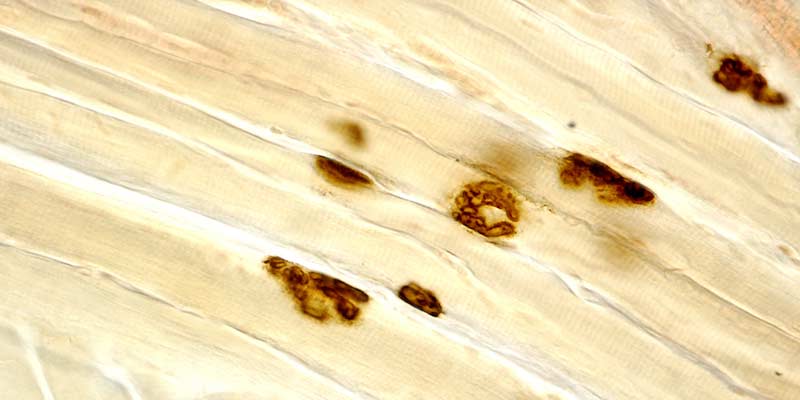
The theoretical goal is to improve the fiber-specific adaptations to improve the function and efficiency of nerve transmission for absolute performance. Does polarized training do this better? How much does isometric training help with changes to the NMJ or with aging populations? Can we make great improvements to the NMJ or are any changes mainly genetic?
As you can see, we’re light years away from knowing the answers. I predict that we’re going to know just enough to trust that training is the solution. We’ll also see many non-responders, though, because we are so far away from truly understanding how training programs interact with this small cellular organelle.

Management of Neurotransmitters
Two great articles about dopamine have been posted on SimpliFaster: Tony Holler wrote about sunshine and Pat Davidson covered central fatigue. Neurotransmitters are heavy stuff and impact more than factors relating to sports performance. They also play instrumental roles in mental health and physical wellness. The fact that research on Vitamin D and schizophrenia shows promise should make all of us rethink nutrition and the brain.
The subtitle above is a misnomer—management is a lazy term, and I should use something else. But words like optimization aren’t any better. Dopamine is a major player in the body, and labeling it a neurotransmitter for performance is frankly a stretch. Why bother talking about it? Well, depression is a major mental health issue facing sport.
Lower #dopamine levels can affect training, and much of that is outside a coach's control, says @spikesonly. Share on XAnd it’s not just about traumatic brain injury and the like, it concerns every athlete. Balance is a poor term, but it does paint a picture of how sensitive we are to impairments from levels of dopamine that are too high or too low. Overtraining does not necessarily decrease dopamine, but lower levels could affect training, and much of that is outside a coach’s control.

Unfortunately, dopamine affects areas other than sports, such as drug addiction and disease, namely Parkinson’s. In sport, growing interest in dopamine relates to the microbiome, and great research on how it affects training and competition is published every year. Still, we don’t know enough to create better workouts. We do know enough, however, to start exploring how stress and fatigue could create problems and how those with dopamine challenges may respond better to lifestyle choices and possible medical intervention.
What I find exciting now is the research on how nitric oxide synthase and dopamine connect in athletes as well as how exercise can potentially improve receptor sites. Since I expect training always to be fuzzy, subjective questionnaires and willingness to train logs are essential for coaches to help ensure they’re using the right load regarding training and nutrition. Down the road, I expect we’ll start to understand how dopamine interacts with training and recovery, but for now, I recommend coaches first observe mood and willingness to train.

Manipulating Satellite Cells During Training and Recovery
Most of the current awareness about satellite cells likely comes from cold water immersion studies, which have found that prolonged use of ice causes a retarding effect and a decrease in satellite cell activity. Scary stuff to the uninformed, and certainly a point of contention for thermotherapy, but without more research, we can overreact. Satellite cell activity is part of the hypertrophic response to muscle adaptation, and while these cells are instrumental, it’s not clear how they improve outcomes in recovery and remodeling tissues nor how much of a part they play.
Creatine is well known for possibly sparking activity in muscle satellite cells, and several investigations of other supplements have left me wondering if options other than creatine exist. I also believe that the influx of changes caused by isoinertial training affects more than IGF-1 pathways—they trigger changes to satellite cells in an athlete’s muscles. Heavy stuff I know, and it’s an area we need to explore to learn more.
I went to the University of South Florida for my undergraduate degree and just missed meeting Dr. Alway, who later on went to West Virginia and now is in Tennessee. I regret that, in my junior year, I didn’t track him down and ask him questions. His pioneering work was instrumental to sport science in the 1990s, and it was so great that the NSCA was forced to recognize his efforts with an achievement award years ago. Down the road, I may share more of his work; he’s done some wild and important research regarding isokinetic testing of biceps with bodybuilders, testing rats, and helping with aging.

Basal Androgens and Growth Factors
Testosterone is a funny hormone. It gets a lot of attention, but I don’t consider it a sign of anabolism. I see it as a reflection of fatigue and health. I mentioned IGF-1 earlier, but even that hormone is nothing new compared to some of the very foreign sounding growth factors.
Growth factors are talked about less and are small but necessary parts of regeneration. Not only do they signal repair, but they also help improve the function and sometimes the size of the organelles we need to improve muscular power and speed. Neurotrophic factors are explored less, as well as how training, usually intense or demanding endurance training, is part of the equation.
While genes are fixed, #biomarkers are dynamic and useful for detecting change, says @spikesonly. Share on XBlood testing does have some merit, though many genetic investigations have replaced the popularity of evaluating blood biomarkers. The trend to explore DNA has paralyzed some coaches’ understanding of simple cause and effect changes on athlete development. Genetics are very fixed (rough summary, I know) while biomarkers are dynamic and useful for detecting change. Of all the neuromuscular adaptations outside of a muscle’s adaptations, the most accessible are androgens and their effects.
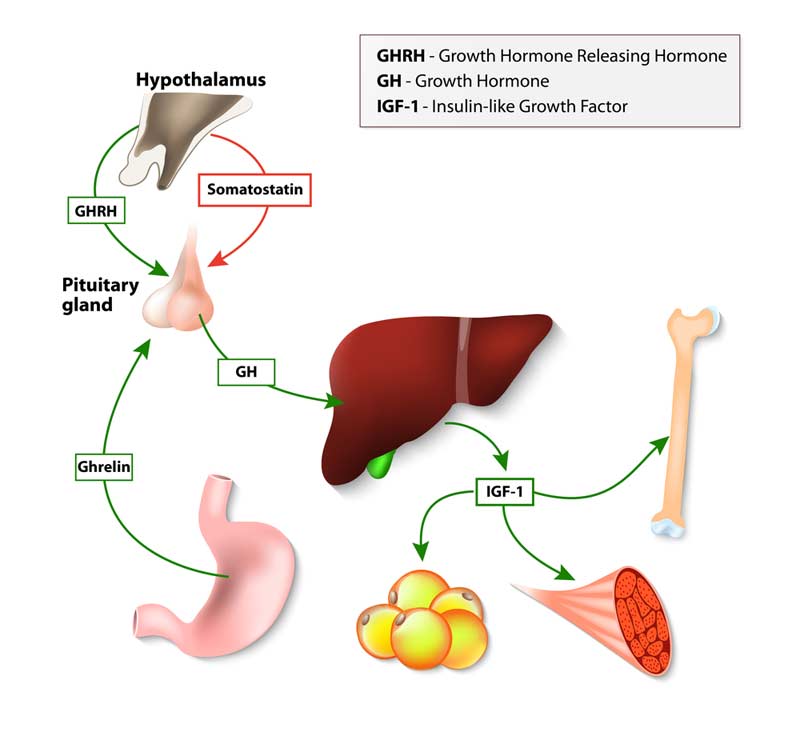
Simple trade-offs exist, though. A high circulating level of IGF-1 may be great for muscle growth but not ideal for tumors and other possible disease-related problems. While seeing effects from fasting and overfeeding is a reach, some athletes have found that they can accelerate muscle growth and fat loss better by managing hormones than addressing their caloric balance. I believe this practice is unnecessary, though I’ve seen some impressive body composition changes in athletes who manage their hormones.
Move beyond fat-free mass and observe power changes and strength adaptations relating to diet, says @spikesonly. Share on XWe need to move beyond fat-free mass and observe power changes and strength adaptations relating to diet. For example, simple protein synthesis levels of an athlete who has kept the same weight for three years because they’re a sprinter isn’t very useful. Bodybuilding is about growth and dieting for contests. Athletes need more research on recovery rates and output.

Brain Derived Neurotrophic Factor and Performance
Nothing excites a movement coach more than the idea of brain fertilizer, and I shared a cool chart in my motor learning article a year or two ago. Brain derived neurotrophic factor (BDNF) falls into the gray area of research with a lot of conflicting studies. I first talked about BDNF in 2003 because it looked like an area of exercise we could do more with.
I’m always suspicious of programs that give a lot of days off from exercise. Exercise is not only important for cognition but also affects dopamine as well as endorphin responses. Training is more than how strong a muscle is, it’s how wired we are to use our muscular system. Higher centers of the body are very involved in training adaptations, not just muscle fibers and tendons. For every local adaptation, think about the array of changes happening upstairs.
For every local training #adaptation, think about the array of changes happening in the brain, says @spikesonly. Share on XI’ve read about BDNF in both the aerobic and strength training research, and I’m still uncertain about how exercise interacts with this marvelous chemical substance. I do know that the Brazilian study on BDNF levels in sprinters was a great starting point, but we need to do more work in learning how real benefits show up in training and also tapering.
Can I shoot more accurately in soccer and basketball? Can NFL teams make fewer errors and penalties during games when peaked correctly? Can I sprint faster with the right program and BDNF management? Do circulating levels determine success or is this a chicken and egg thing? We have a long way to go here. I do know that we should rethink cool-downs since light aerobic exercise during or after training can help with motor skill acquisition.
The brain deserves more than a mention in an article about the neuromuscular system, so I’ll be posting about it down the road. And later in this article, I’ll describe how opiates connect to neuromuscular adaptations.

Changes in Mitochondria and Ribosomes
Enough information exists on mitochondria to get dangerous in my earlier post on monitoring it, and I mention it here because I talked too much about invisible adaptations in that article. If I were to write the article again, I’d go beyond the interactions of aerobic training and nutrition and spend time on strength training and other power development modalities.
It’s easy to cover biogenesis and other changes that result from basic running workouts. It’s far harder to manage all the interactions of all training elements in a modern conditioning program. I have a few theories on why some programs tend to cause better responses than others, but if we’re going to cover mitochondria, we need to look at biochemical interactions other than increasing the size and number of a specific organelle. Most of the workouts listed in resistance training research are geared more to fitness and wellness than sports, so we have work to do regarding different training methods for sports and adaptations to the mitochondria.
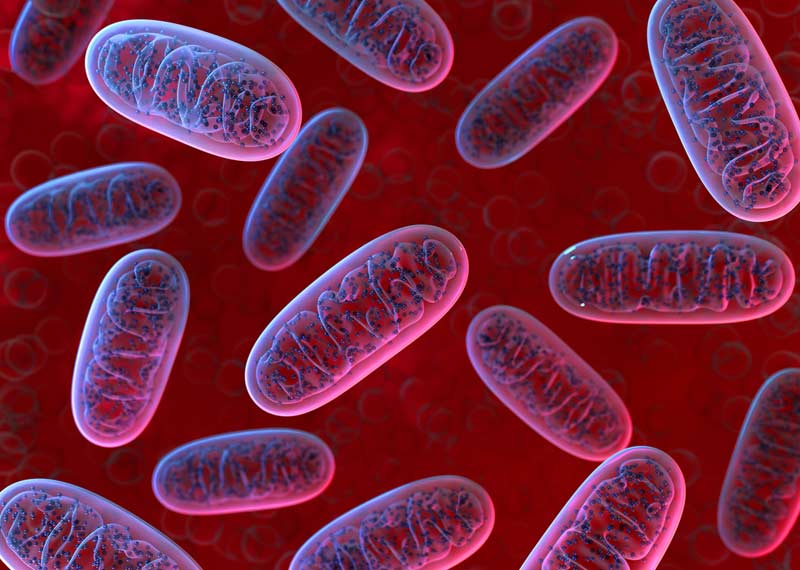
Ribosomes are less talked about in the inner circles. It’s assumed that respiration cells like mitochondria are great for aerobic metabolism, but ribosomes are about structural repair. I see the connection, but there are questions about the relationship between training and recovery and how mitochondria and ribosomes change.
While I’m not saying we should track or even worry about ribosome activity, it may be a marker of change, which may mean we can use it to discover ways to improve training if it helps athletes perform better. Currently, there’s some debate over how ribosome biogenesis is involved with hypertrophy, but new research points out that we need to spend more time researching and thinking about endurance.

Muscle Morphological Adaptations
Fascicle lengthening in hamstring muscles is a popular subject, but what about other muscle groups outside the biceps femoris, semimembranosus, and semitendinosus? Length is great, but other adaptations at the macro level, such as pennation angle and changes in tiny muscle thickness, could slow down an athlete or speed them up. The rate of force development (RFD) potentially improves with some architectural changes, as mentioned, but what about changes at the microscopic level and testing the quality reliably outside of isometric testing? A lot to think about.
My weight training tempo article is a great resource on this subject, and I wish I had been clear earlier about including all types of training that interact with muscle architecture and not only strength training. Research on the extracellular matrix and recovery is growing, but we still need to get true cause and effect explanations to write better workouts.
If you want to be an ambush predator in sport, focus on getting larger and more explosive. If you want to run down your prey, stay long and lean. If you want to do a little of everything, including wearing down your opponent, you’re going to have to make compromises and experiment. Body types and tissues are plastic, but origins and insertions are not, and there’s only so much information available on what one can do to improve.
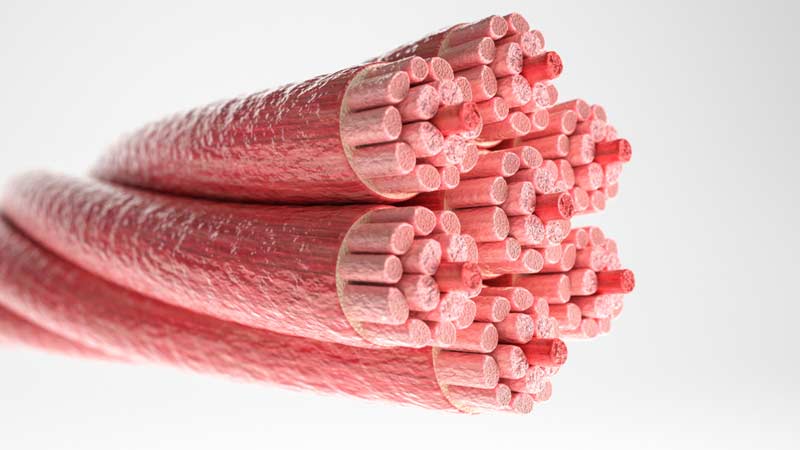
SimpliFaster interviewed both Dr. Wagle and Dr. Franchi, both great reads on muscle plasticity. If you want to learn more about muscle plasticity and similar subjects, Richard Lieber’s book, while dated, is a strong resource. His new edition should be available this year.

Rate Coding and Synchronization
If you want to bore a bunch of coaches in a bar after a conference, start talking about rate coding or synchronization changes in training. Not only will you bore your colleagues to death, but many of them simply won’t be well versed in the topic. I’m certainly not an expert in these adaptations, but they are subjects to consider.
One of my favorite illustrations in Frans Bosch’s book is a schematic-like rendering of rate coding and synchronization. The illustration is excellent in showing how a muscle can become wired better, not just stronger from getting bigger or changing shape. I’m still reading the research today because it’s not easy to grasp fully, but more books that literally help illustrate the concepts would be nice.
A muscle can become wired better, not just stronger from getting bigger or changing shape, says @spikesonly. Share on XRate coding is especially important in fast and forceful contractions because they are very fiber-specific when we account for high-velocity contractions. Adaptations happen systemically, but each fiber has qualities that make it more or less plastic for speed or endurance. I believe rate coding helps weightlifting after speed training has improved, thus explaining the “get fast to get strong” theory. On the other hand, many fast athletes aren’t known for strength abilities in the weight room, so we need to be cautious about jumping to conclusions.
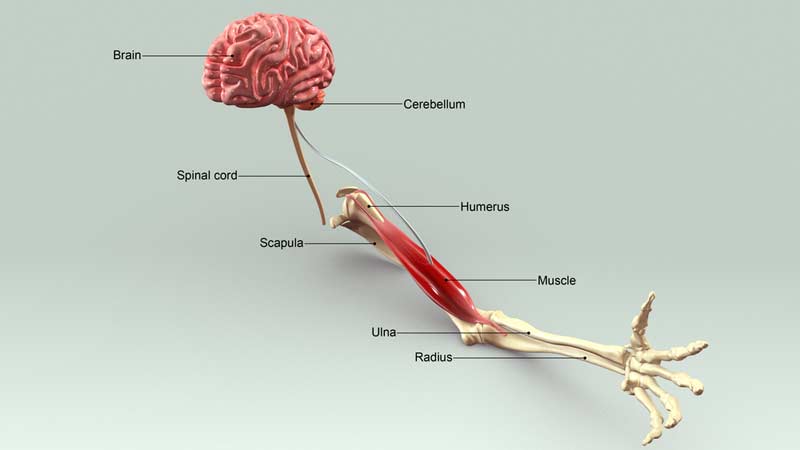
Synchronization and other neuromuscular adaptations matter in speed and power training. An entire article focused on each of the independent neuromuscular adaptations could be written if the physiology weren’t so dry. A wise takeaway is that managing fatigue and having less technical interaction can improve the physiological outcomes because many nervous system adaptations are protection measures that coaches override in training.
#Plyometrics, speed work, and isometrics help tap reserve levels of strength and speed, says @spikesonly. Share on XBesides PAP or potentiation work, coaches are trying to tap into a reserve level of strength and speed that risks injury but is possible to exploit when released incrementally. Plyometrics, speed work, and even isometrics help release the internal benefits that are innate in an athlete’s body.

Patterns of Inflammatory Markers
Cytokines and fatigue theories were popular topics in the early 2000s when coaches worried about blunting adaptations from antioxidants as well as fears of central nervous system (CNS) fatigue caused by intense training. The CNS scare was overblown, and now we’re realizing that peripheral fatigue and damage to muscles is likely underplayed.
There is some excellent research on mental fatigue, but usually these studies do little to move the needle for speed and power athletes unless the researchers study teams using real training. We know that lower inflammation levels are great for rest but are partially necessary for regeneration. The hype over the idea that inflammation is great for adaptation is completely oversimplified. I can see how a coach can draw conclusions from looking at the infographics showing time courses in research, but it’s more complicated than taking a supplement. As a result, we lose gains in endurance and strength, as if we cut a fiber optic cable.
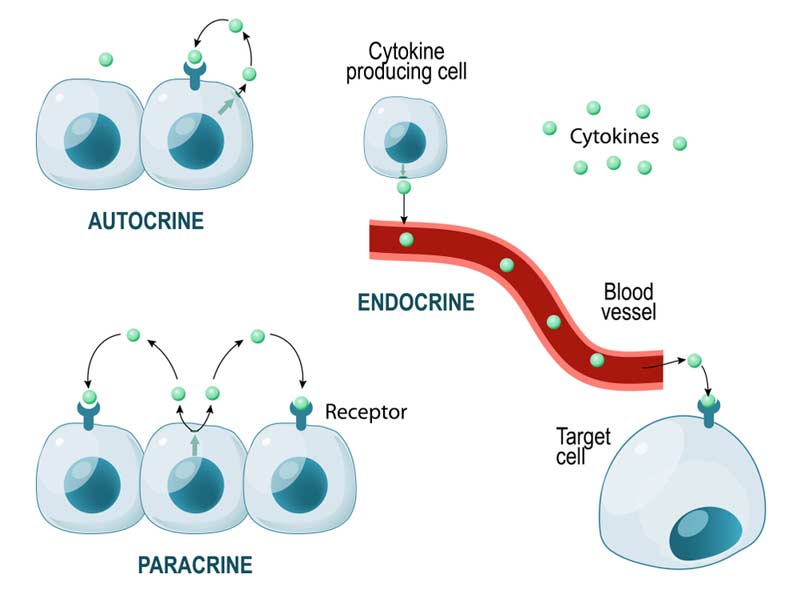
Periodization for both training and intuition will shed more light on how to manage a season with more clarity. It’s not that athletes need a high inflammation block or phase, or even a period of low inflammation, but they do need something more progressive than letting nature take its course. All the talk about being natural or working with the wisdom of the body is foolish—training for sport means tricking the body on a daily basis. Learning how inflammation trends up and down naturally as well as from training can help us come up with comparison strategies to accelerate recovery artificially without impairing the body’s internal mechanisms.

The Biochemistry of Pain and Pleasure
Runner’s high and bodybuilder’s pump are common reasons why exercise is popular and why it can lead to addictive-like behavior. Still, the benefits of the opiate-like response and endorphin release are worth exploring for managing the aches and pains of training. A long season is very taxing physically and mentally. I went from being a skeptic to a firm believer that the right circuit training makes a difference for athletes over a season and career. My question is how much analgesic support comes from adaptation or is it just innate to our needs. Do we train the endorphins or do we simply get rewarded based on effort?
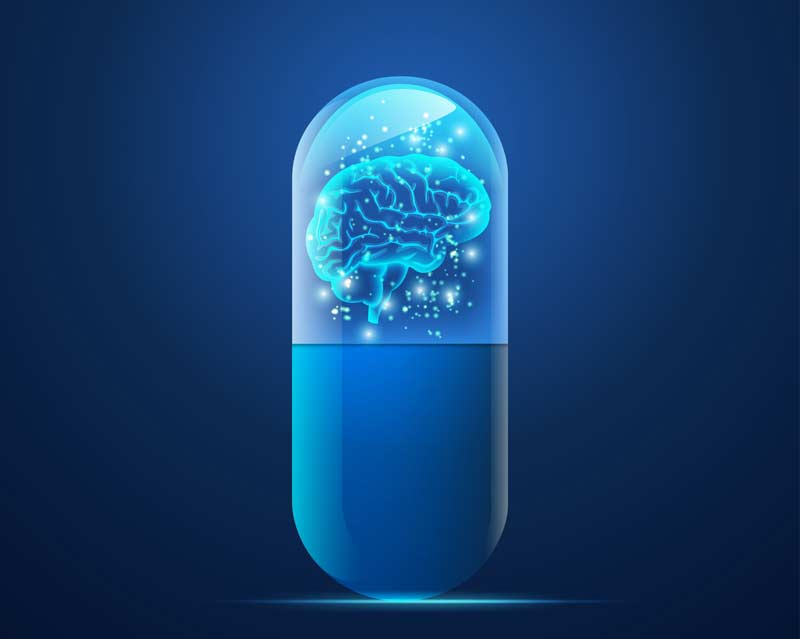
Perhaps this final area in our neuromuscular adaptation discussion is not about improving or expanding, but exploiting. We may not need to develop the natural pain and pleasure neuroendocrine changes, but we do need to address them in training since chronic soreness and heavy training may alter some of dopamine’s motivational arousal responses. Heavy training that stops feeling good may be a sign of overtraining even if an athlete still performs well.
When heavy training stops feeling good, one may be #overtraining even if they still perform well, says @spikesonly. Share on XMany recovery methods attempt or actually manipulate endorphin responses. For example, pneumatic compression therapy—not compression garments—may spark a cascade of “pleasure chemicals” to the body, thus creating a temporary feeling of recovery. New blood flow restriction systems are disrupting the market now. I’m not a fan of most passive recovery methods, but there are times we need something to help finish a season.
Start Mapping to Reap the Rewards
The truth is that some adaptations require a lot of external lab work and invasive sport science to see objective changes. So coaches must trust that their program addresses the neuromuscular adaptations and hope that the improvement comes from the training they’re using with their athletes.
You’re now equipped to map out potential changes by learning about the nuances to refine the training you’re already doing or by becoming more aware of the possible avenues to explore. Whatever the case, think long and hard about the adaptations discussed here and consider how training may improve, maintain, and even detrain these neuromuscular characteristics. It’s a gray area now, and as research continues, we’ll learn more about how to manage adaptations, and coaches will find creative ways to exploit them to gain an advantage for their athletes.
Since you’re here…
…we have a small favor to ask. More people are reading SimpliFaster than ever, and each week we bring you compelling content from coaches, sport scientists, and physiotherapists who are devoted to building better athletes. Please take a moment to share the articles on social media, engage the authors with questions and comments below, and link to articles when appropriate if you have a blog or participate on forums of related topics. — SF
[mashshare]

